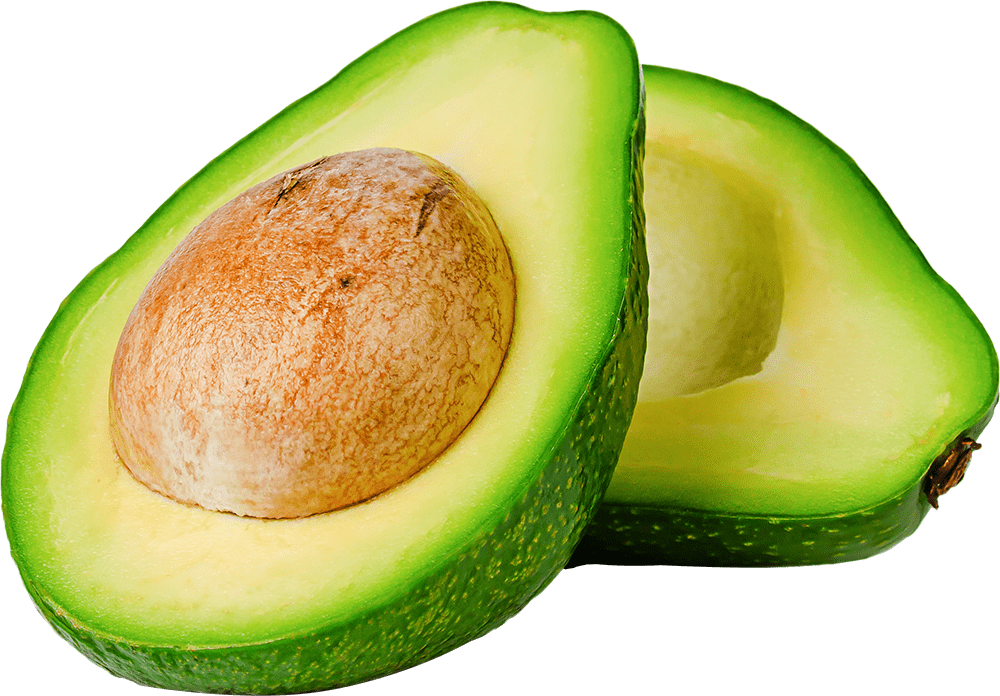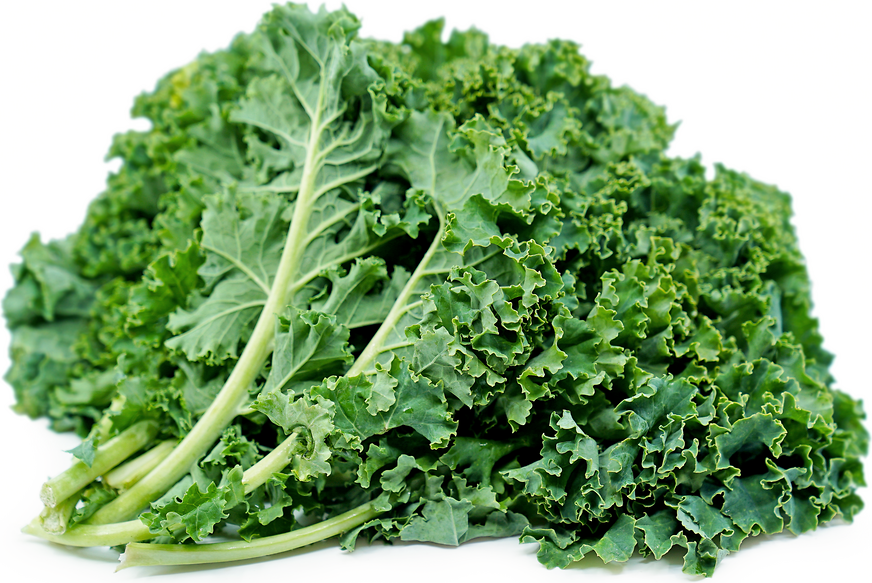Introduction
A diet rich in fruits and vegetables is vital for optimal health; no single fruit or vegetable contains all of the required nutrients for good well-being. Fruit- and vegetable-rich diets have been found to lower blood pressure and decrease risk factors associated with heart disease, cancer, dementia, stroke, eye health problems, and appetite regulation. Researchers suggest eating more fruits, vegetables, and legumes is linked with reduced risks of non-cardiovascular and total mortality, with maximum benefits seen at three to four portions daily of 400 grammes or more.
Eat fruits and vegetables rich in non-starchy carbohydrates for weight loss by increasing your consumption of green leafy veggies, apples, pears, and berries that contain low glycemic loads to avoid sudden blood sugar spikes that could increase appetite.
Colourful Vegetables and Fruits -Why?
Colour Variety Is Essential
Consuming an assortment of colourful vegetables and fruits ensures you receive a wide variety of phytochemicals–compounds that offer healthful properties such as anti-inflammatory agents and cancer protection–that have multiple applications to your health, from anti-inflammatory treatment to cancer prevention. Different colours indicate antioxidants or other vitamins.
A diverse diet ensures you achieve excellent balance. Bright Green Foods Can Provide Colourful Element
Bell Peppers:

Available in yellow, green, and red variations, bell peppers are rich sources of vitamins A and C.
Green Apples:

Packed with Vitamin C and fibre, green apples support gut and skin health. They are also rich in vitamin E, which assists immune function and skin care.
Cucumbers are low-
calorie-rich, hydrating fruits that offer many health benefits to digestive systems and skin.
Nutritional Profiles:
Green foods have various nutritive profiles. Bell peppers contain lutein, which can aid eye health, while kiwis contain high concentrations of vitamin C, which promotes immunity and skin health.
Rich In Nutrients:
These foods are packed with essential vitamins such as C, A, and E to keep us going strong!

Avocados provide essential minerals such as magnesium, zinc, and folic acids while serving as excellent sources of potassium; avocados, sweet potatoes, bananas, and tomato paste are great examples.
All offer different flavours and textures, such as onions, olives, and peppers, while milder options like mushrooms and corn offer milder options; sweet fruits include grapes, pineapples, and plums, while sour fruits such as grapefruits and lemons provide tart flavours for balanced flavours and high fibre contents.
Fibre-rich Vegetables and Fruits:
Artichokes, green peas, broccoli, and cauliflower. Fibre fruits like raspberries, pears, apples, and pumpkins are available as high-fibre foods that also boast low-calorie and fat intakes.
Low Calorie/Low Fat Food Options:
Most fruits and vegetables offer a few calories and fat content per serving.
Example: A half cup of grapes contains fewer calories, except avocados, coconuts, and olives, which contain phytochemicals that protect against disease—potentially lowering risks such as stroke, type 2 diabetes, and cardiovascular conditions.
Cruciferous vegetables such as broccoli, cabbage, collards, and watercress can provide many health advantages.
Cruciferous veggies boast low levels of salt, sugar, and saturated fat—ideal for managing weight and preventing further gain—plus reduced inflammation and cholesterol.
Low Sodium and Cholesterol Content :
Fresh fruits and vegetables contain no cholesterol and minimal sodium (one stalk of celery contains only 30 mg of sodium).
Nutrient-rich All Forms of Food:
Fruits and vegetables can provide essential nutrition, whether they are fresh, frozen, canned, or dried.
Processing ensures nutrients remain at their optimum after harvest. Processing also makes fruits and vegetables accessible and convenient; many do not require packaging; grab one like an apple or banana on your way out the door! And don’t forget the delicious smoothies made of fruits!
Blend your favourite fruits with ice to make delicious smoothies, add spinach for its additional nutrients but keep its subtle taste in your diet, and experience how meals become more enjoyable and boost health at the same time!
Add more fruits and vegetables to your diet through innovative strategies with just a bit of creativity, and improve both health and taste at the same time!
Discover the Top Green Superfoods:
Green foods are known for their abundance of vital nutrients.

Kale is incredibly dense with antioxidants, fibre, vitamins C, K, and A, essential fatty acids, and other beneficial compounds.

Spirulina is an algae rich in vitamins and minerals, and chlorella is well known for its detoxifying and nutrient-rich properties.
Green Foods in the daily diet
To easily incorporate more greens into your diet, follow these easy tips:
Smoothies Blend up some kale or spinach in smoothies for an extra nutrition boost.

Craft vibrant salads using greens and bell peppers for an eye-catching dish. Stir Fries: Add broccoli or green beans for an easy, healthy, and quick meal that comes together quickly.
Also read: Health Benefits of Green Vegetables and Delicious Recipes.
Seasonality and Benefits
Eating seasonal greens such as asparagus in spring or Brussels sprouts during winter offers freshness and nutrition at their best, not to mention cost-effectiveness. By following proper cooking methods and eating locally seasonally, you can save both money and effort!
Consider these methods of cooking to preserve the nutrients present in green vegetables:
Steaming: is better at retaining vitamins and minerals than boiling. Sauteing: is a quick way of cooking vegetables while protecting their nutritional values.
Raw: Eating raw vegetables, such as salads, will ensure maximum nutrition intake.
By pairing green foods with other items rich in nutrients, their nutrition can be further increased.
The Impact of Combining Colourful Fruits and Vegetables:
One fruit or vegetable alone cannot provide all the essential vitamins and minerals your body requires for health and well-being.
Consume a wide variety of fruits and vegetables to provide your body with all of its necessary vitamins, minerals, fibre, and more!
Eating more diverse meals provides not only more variety of plant chemicals but also makes for more visually appealing meals!
A range of vitamins, minerals, and fibre is readily available when eating an array of produce.
Iron and Vitamin C: Eating foods high in iron (like spinach ) along with foods rich in Vitamin C helps improve its absorption into the body.
Healthy Fats with Greens Combine green vegetables and healthy fats like avocado to increase the absorption of fat-soluble vitamins D, E, K, and A.
Researcher Dr. Jane Doe suggests a possible correlation between increased fruit and vegetable intake and lower rates of cancer, cardiovascular disease, and mortality.
Cases of Cardiovascular Disease. Mortality rate. Cases of Cancer Neoplasms.
Amazing health benefits of fruits.
Lower blood pressure:
Eating fruits and vegetables helps manage blood pressure more effectively, as does including them in daily meals—6 servings or more can lower your risk of stroke or cardiovascular disease by 16%!
Soluble fibre found in fruits and vegetables helps lower blood cholesterol levels.
Vitamin C, also found in fruits and vegetables, decreases inflammation that damages arteries while increasing nitric oxide production, which increases blood flow, improves mental health, and helps prevent dementia.
Consuming five or more servings of fruits and vegetables is linked to improved mental health.
Flavonoids found in fruits and vegetables protect against dementia and memory loss.
Cancer Prevention:
Fruits and vegetables may help lower your risk of cancer, and eating lots of fruit, veggies, and whole grains has been linked with lower rates of certain cancers.
Consuming six and one-half cups of fruits and vegetables each day may help lower the risk of cancers of the mouth, oesophagus, stomach, colon, breasts, and lungs.
Certain vegetables, like winter squash, cabbage, broccoli, and cauliflower, have also been linked to reduced risks of breast cancer.
Weight Management:
Eating nine servings of fruit and vegetables every day will help manage weight and curb cravings, helping prevent weight gain. Fibre present in fruit and veggies slows food absorption to make you feel full for longer, which also extends longevity.
Longevity:
Help extend life by living longer!Diets that include two servings of fruits and three nonstarchy vegetables have been shown to lower the risk of premature death by 13%.
Nonstarchy vegetables provide essential eye health protection from cataracts and macular degeneration, while vegetables and fruit also offer protection from these ailments.
At least nine families of fruits and vegetables exist, with health benefits that vary from each other. Eating different colours and types of foods from them can make meals more visually appealing.
Common questions about fruits and vegetables :
1. Why are vegetables and fruits so vital?
Fruits and vegetables are essential components of health and well-being. A diet high in fruits and vegetables may reduce the risk of diseases such as stroke, heart disease, and cancer.
2. What is most beneficial to health?
Green leafy vegetables and citrus fruits have long been proven to reduce disease risks.
3. Can they also assist in weight loss?
Yes, fruits and vegetables with low glycaemic index scores, such as apples, pears, and leafy greens such as lettuce, can help you to lose weight due to their low glycaemic index ratings.
4. What effect will they have on blood sugar?
Fruits and vegetables with low glycemic loads help prevent blood sugar spikes that could otherwise lead to appetite increases and weight gain.
5. Are all fruits and vegetables equally healthy?
Eating a variety of fruits and vegetables is vitally essential for good health.
Conclusion of Article (Phase I of II of III): It’s easy to improve your health simply by including colourful green foods in your diet. These tasty items contain essential nutrients and support various bodily processes, making them easily integrated into daily meals. Try including more green fruits and vegetables in your diet today. For additional resources, see Section 2.
Recommended Reading and Recipes:
Green Vegetables: Health Benefits.
Also, Read the Success Story of Sarah a wellness enthusiast